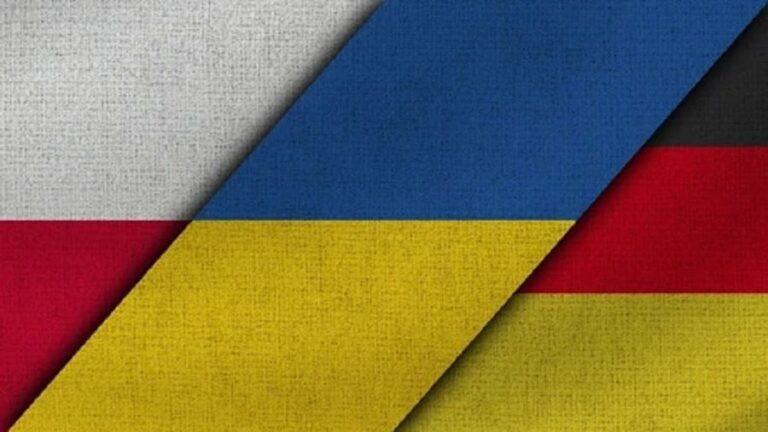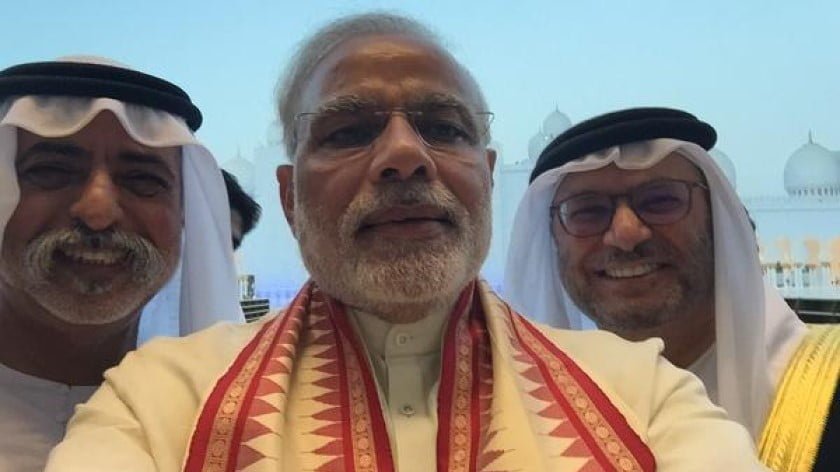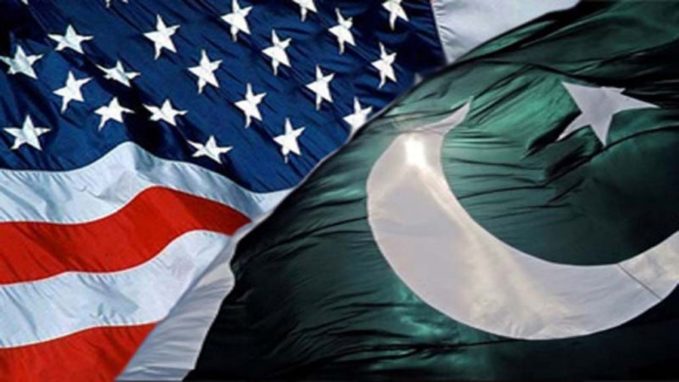Iran Can Form a New Gas Market
Iran is attempting to create a gas alliance involving Qatar.
While Turkey is attempting to rescue the grain deal, Iran is actively promoting the concept of establishing a gas hub of its own.
The gas swap between Turkmenistan and Azerbaijan via Iran served as a test phase. Later in November 2022, Russia and Iran started researching the idea of swapping gas supplies, which initially would be around 10 billion cubic meters per year. Iran formally proposed to Russia and Turkmenistan a large-scale gas swap in February 2023, in which Russia would get gas in the north and Turkmenistan would supply it in exchange in either direction in the south. They specifically discussed deliveries of gas to Pakistan, near whose border Iran is building a gas pipeline with a capacity of 100 million m3/day of gas (about 36.5 billion m3/year), opening up the prospect of supplying India in the future.
In order to cooperate with Doha in the energy industry, Tehran is currently making a U-turn in the direction of the Persian Gulf. After Russia, Iran and Qatar have the world’s second and third-largest gas reserves, respectively. Furthermore, the Qatari crisis of 2017-2021 has considerably improved bilateral relations and expanded contact in strategically critical areas.
Doha is an ideal partner for Tehran. Qatar’s suspicion of the Kingdom of Saudi Arabia, the United Arab Emirates, Bahrain, and Egypt has not subsided despite the signing of peace treaties with these states in 2021. Based on its economic interests, the emirate is actively investing in fuel projects in different countries, from Iraq to Libya, where it is collaborating with large Asian and European energy corporations. QatarEnergy also sold several assets to Chinese contractors as part of its investment diversification strategy.
Cooperation between Iran and Qatar in the gas sector has promising prospects. These include a significant initiative to build a gas hub in the Assalouyeh industrial zone in Bushehr Province on the Persian Gulf coast, which will involve Russia, Turkmenistan, and Qatar. Assalouyeh is the center of production for the world’s largest South Pars/North Dome field, which Iran shares with Qatar. If Iran’s plan to build a gas hub is implemented, it will result in the establishment of a trading platform representing the world’s top gas providers.
In terms of natural gas reserves, Russia, Iran, Qatar, and Turkmenistan are among the world’s top four countries (according to the 2021 OPEC annual bulletin), with Russia’s share of 47.759 trillion m3, Iran’s share of 33.988 trillion m3, Qatar’s – 23.831 trillion m3, and Turkmenistan’s – 13.95 trillion m3. Collectively, these four countries account for 57.5% of the world’s gas reserves, which could mean the formation of a gas OPEC with real mechanisms of influence on the gas market. Thus, if Iran is able to unite the regional LNG markets and compensate for the absence of some countries (Russia and Turkmenistan) through the presence of others (Qatar), IRI may be able to claim dominance in the gas sector in the future. Such powerful leverage will allow Tehran to put forward its demands to Western countries, not only within the framework of the nuclear deal, but also in the context of the lifting of economic sanctions.







